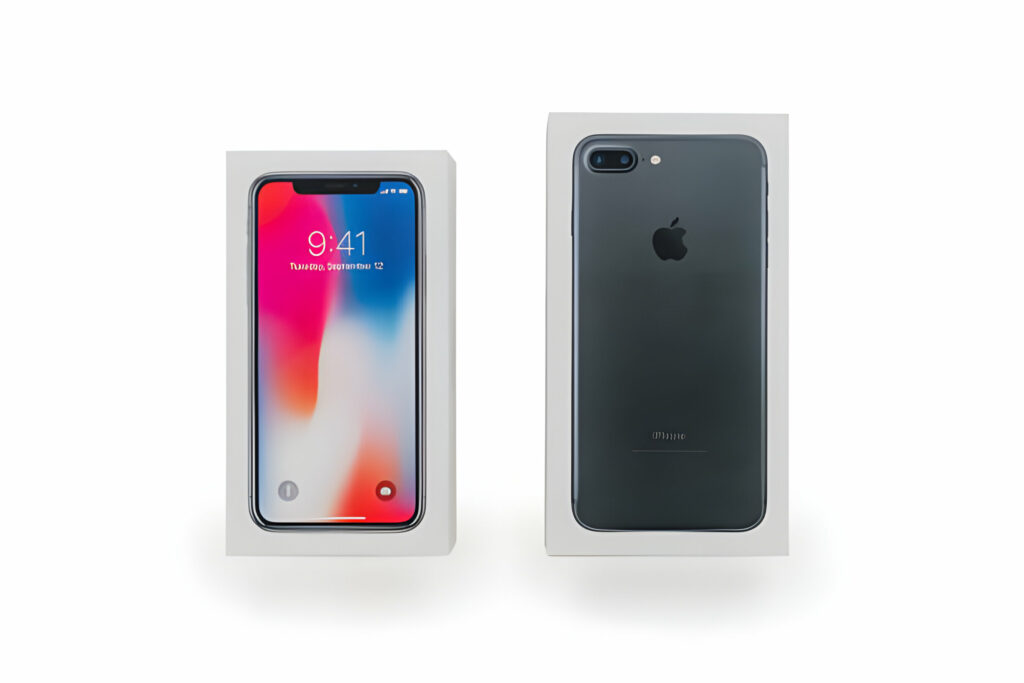Both operating systems have cult-like followings in the modern world, and users of one rarely choose to migrate to the other OS freely. Here’s a brief overview of the two operating systems’ histories before we examine the benefits and drawbacks of each.
A few individuals established Android Inc. in 2003,
but Andy Rubin is the one you have probably heard of the most. The operating system was created for digital cameras, not smartphones. However, the developers quickly had second thoughts and declared that the program would compete with Microsoft Windows Mobile by mobile phone repair in Dubai. At the time, this was a big claim, and not many people believed it because the company was supposedly having so much financial trouble that they couldn’t even afford to pay for their office space.
Google took a chance on the product and bought the company, along with a few of its important workers, even though the industry thought otherwise. The acquisition and development process was cloaked in secrecy, and while there were rumors that Google was creating its mobile software, nobody realized how soon this software would be available to more than a billion people.
The Android team realized right once that they would have a lot of work ahead of them, and the “Handset Alliance” was established that same year. With great audacity, the coalition said that they would establish the first “truly open and comprehensive platform for mobile devices today.” Among the alliance’s members were Motorola, Samsung, HTC, Google, and others. Not only were they not full of hot air, but shortly after, various Android versions bearing the names “cupcake,” “donut,” “eclair,” “froyo,” and eventually the well-known “KitKat” were introduced to the public. Google even explained, claiming that the reason all of the software titles are food-related is because the software provides a “sweet” experience with mobile repairing service in Dubai Marina.
Steve Jobs had a major task in 2005: reducing the size of the Mac and creating the ideal portable gadget. Apple unveiled its new phone and operating system in 2007. Unlike Google, Apple did not choose catchy titles for their initial operating system—iPhone OS 1—instead, it just started counting up in numbers.
That has essentially been the story ever since, although as time has gone on, many high-end Android phones have also become incredibly costly. Even though they were expensive, consumers continued to purchase iPhones. Early Nokia phones are the best-selling phones ever if you look at the list of all-time best sellers. If you examine the historical market share of operating systems, you will see that iOS was leading in 2009 while Android was just starting to gain traction. However, Android has dominated the market since roughly 2013, give or take a little bit now and then.
The age-old argument between Android and iOS is still going strong, and while their approaches are becoming more and more similar, iOS still has a lot of shortcomings in comparison to Android for mobile service center Dubai. Most Android applications may be used in split screen mode, where two programs are displayed side by side or top and bottom, respectively. When used in landscape mode, for instance, you can utilize a split screen to operate both apps simultaneously without any problems. For example, let’s say you want to watch a YouTube video and check Twitter at the same time, or read an email while responding to a message.
Double-clicking the power button is the quickest way to activate the camera app on an Android device, regardless of location. This shortcut allows you to start capturing pictures immediately, something that is not available on an iOS device. Holding the camera from the lock screen and pressing the camera app, or bringing down the control center and hitting the camera symbol, are the only ways to access the iPhone 12’s camera. Currently, double-hitting the power button from any place is faster, more useful, and more universal than either of these mobile phone repair Dubai.

